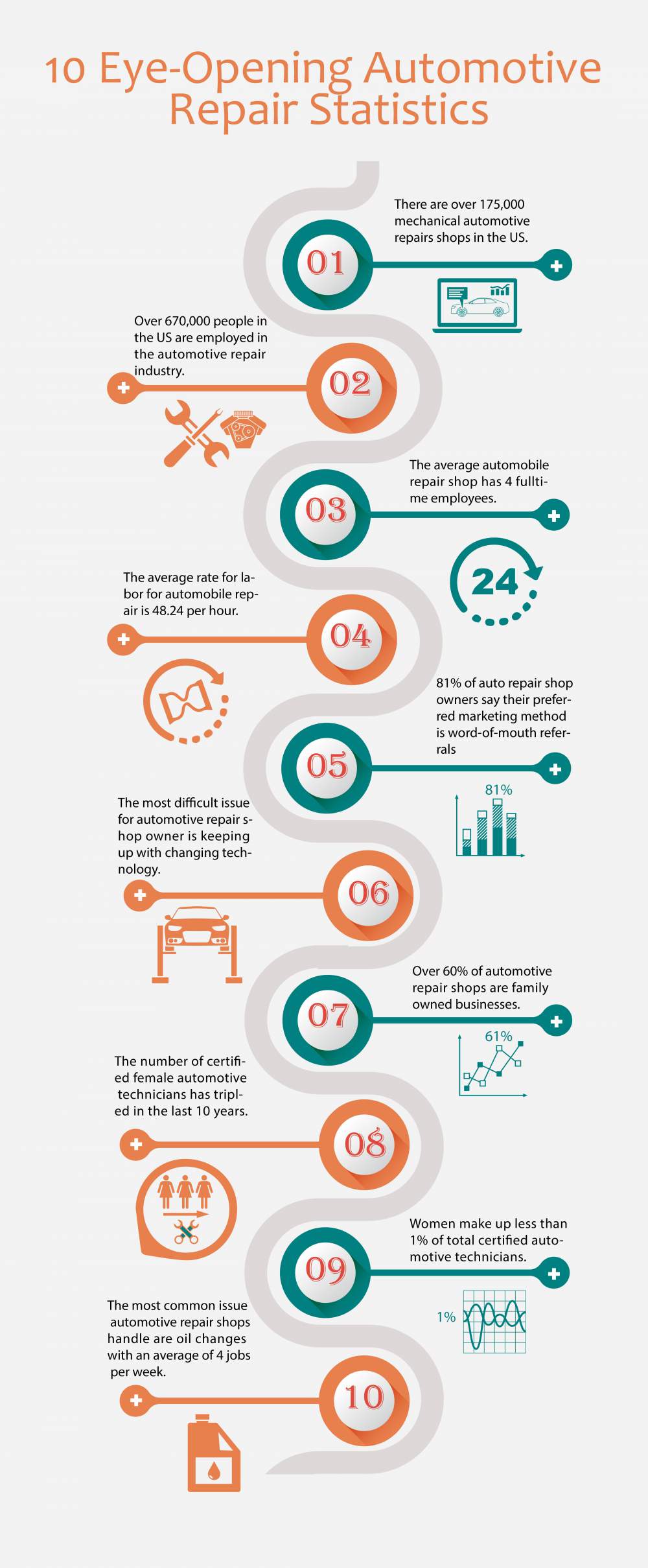Assessing Your Car'S Warning Indicators: What They Actually Share
Assessing Your Car'S Warning Indicators: What They Actually Share
Blog Article
Content Writer-Lauritsen Shepherd
When you're behind the wheel, those glowing caution lights on your dashboard can be a bit complicated. Do you recognize what they're attempting to inform you regarding your cars and truck's health? Comprehending the value of these lights is important for your safety and the longevity of your vehicle. So, the following time among those lights appears, would not you intend to analyze its message accurately and take the required steps to resolve it?
Common Warning Lights and Interpretations
Recognize common warning lights in your auto and understand their definitions to ensure secure driving.
One of the most regular warning lights include the check engine light, which indicates problems with the engine or emissions system. If this light comes on, it's critical to have your automobile inspected without delay.
The oil stress alerting light indicates low oil pressure, needing immediate attention to avoid engine damages.
A flashing battery light might suggest a defective billing system, possibly leaving you stranded if not dealt with.
The tire stress tracking system (TPMS) light notifies you to reduced tire stress, affecting lorry stability and fuel performance. Overlooking this could bring about dangerous driving conditions.
The abdominal muscle light suggests a trouble with the anti-lock braking system, compromising your capability to quit rapidly in emergency situations.
Lastly, the coolant temperature level alerting light warns of engine getting too hot, which can result in serious damages otherwise dealt with promptly.
Comprehending these usual caution lights will assist you attend to issues quickly and keep safe driving problems.
Relevance of Prompt Attention
Recognizing the typical caution lights in your automobile is just the first step; the significance of immediately attending to these cautions can't be highlighted sufficient to ensure your safety and security on the road.
When a caution light illuminates on your dashboard, it's your cars and truck's method of connecting a possible problem that requires attention. Disregarding these cautions can result in much more severe issues later on, compromising your safety and potentially costing you extra out of commission.
https://www.wkrn.com/news/local-news/nashville/metro-auto-repair-shop-burglary-caught-on-video/ to warning lights can avoid failures and accidents. For instance, a blinking check engine light can show a misfire that, if left unattended, can cause damages to the catalytic converter. Resolving this immediately can save you from an expensive repair.
Likewise, a brake system warning light might indicate low brake liquid or used brake pads, crucial components for your security when driving.
DIY Troubleshooting Tips
If you discover a caution light on your dashboard, there are a few DIY fixing pointers you can attempt prior to seeking professional aid.
The very first step is to consult your vehicle's handbook to comprehend what the certain caution light shows. Occasionally the problem can be as basic as a loose gas cap setting off the check engine light. Tightening up the gas cap might settle the issue.
Another typical problem is a reduced battery, which can activate various warning lights. Checking the battery connections for rust and guaranteeing they're protected might fix the trouble.
If a warning light persists, you can attempt resetting it by detaching the auto's battery for a couple of mins and afterwards reconnecting it. In car detialing , inspecting your vehicle's liquid levels, such as oil, coolant, and brake liquid, can aid repair cautioning lights related to these systems.
Conclusion
Finally, comprehending your cars and truck's caution lights is essential for maintaining your car running efficiently and securely. By quickly attending to these alerts and recognizing what they mean, you can avoid expensive repairs and potential failures.
Remember to consult your automobile's handbook for specific details on each alerting light and do something about it accordingly to guarantee a trouble-free driving experience.
Stay educated, stay risk-free on the road!
